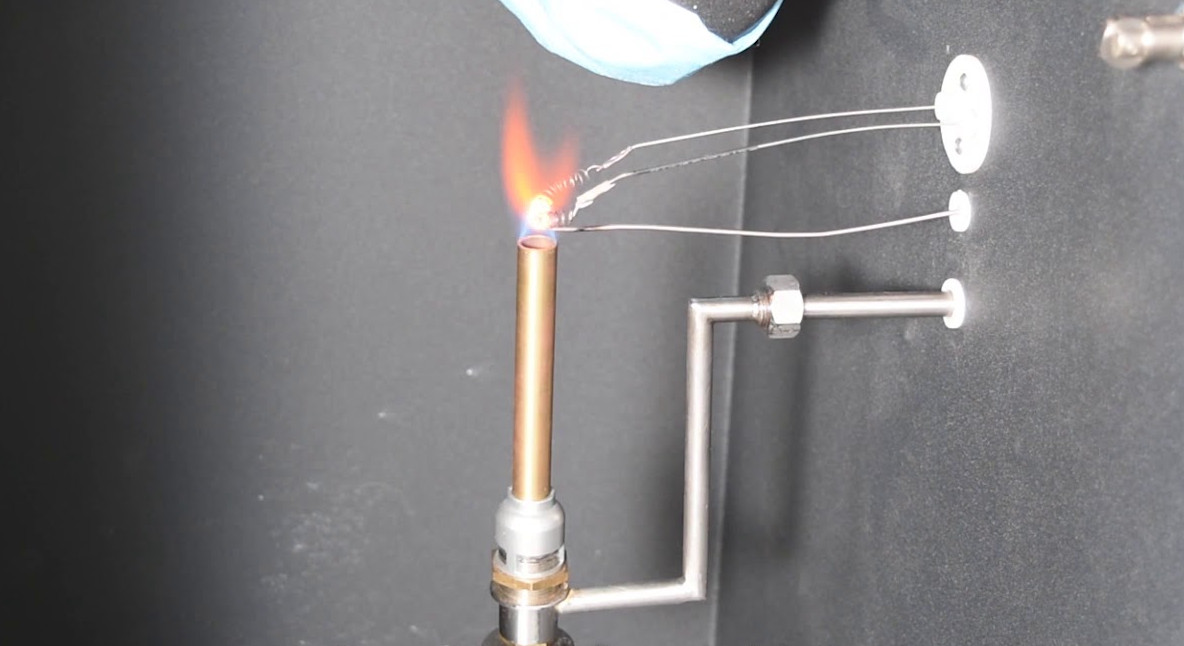- Qinsun Instruments Co., Ltd.
- Tell:+86-21-6780 0179
- Phone:+86-17740808215
- Address:No. 2578 Minhang District Gu Dai Road, Shanghai
- Contact:Mr. Li
- QQ:846490659
How to configure laboratory fire extinguishers

Types and Scope of Application of Common Fire Extinguishers
1、 Type: acid-base fire extinguisher
Liquid composition: H2SO4NaHCO3
Scope of application: General fires involving non oil and electrical appliances
matters needing attention
1. After inverting and shaking well during use, if no fire extinguishing liquid is sprayed, the nozzle should be cleaned immediately. If it cannot be ruled out, it should be discarded in the distance to prevent explosion.
2. Not suitable for extinguishing precision instruments and valuable materials.
2、 Type foam fire extinguisher
Liquid composition: Al2 (SO43NaHCO3)
Scope of application: Oil fires
Notes:
3、 Carbon dioxide fire extinguisher
Liquid CO2
Electrical appliances, valuable instruments, materials caught fire, and small-scale oil fires.
1. Hold both hands on the rubber part of the nozzle and do not touch the metal part.
2. Do not use for combustible metal fires.
3. After extinguishing the fire, there will be no damage to objects or leaving any traces.
4、 Carbon tetrachloride fire extinguisher
Liquid CCl4
Electrical appliances caught fire
1. Toxic, pay attention to the wind direction when using, and stand upwind.
2. Not allowed for ignition of K, Na, CS2, CaC2.
3. Leave no trace after extinguishing the fire.
5、 Dry powder fire extinguisher
The main components of the powder are salt substances such as Na2CO3, and an appropriate amount of lubricant and moisture-proof agent are added.
The initial fire of oil, combustible gases, electrical equipment, precision instruments, document records, and items that ignite upon contact with fire.
It is necessary to distinguish the different types of dry powder fire extinguishers and use them in a targeted manner.





